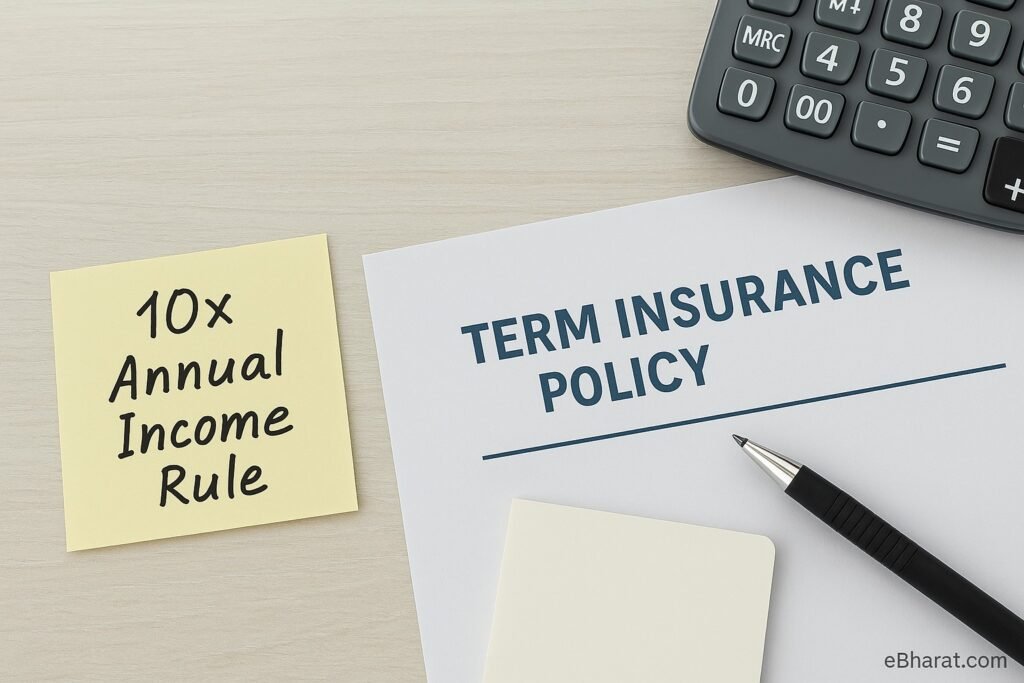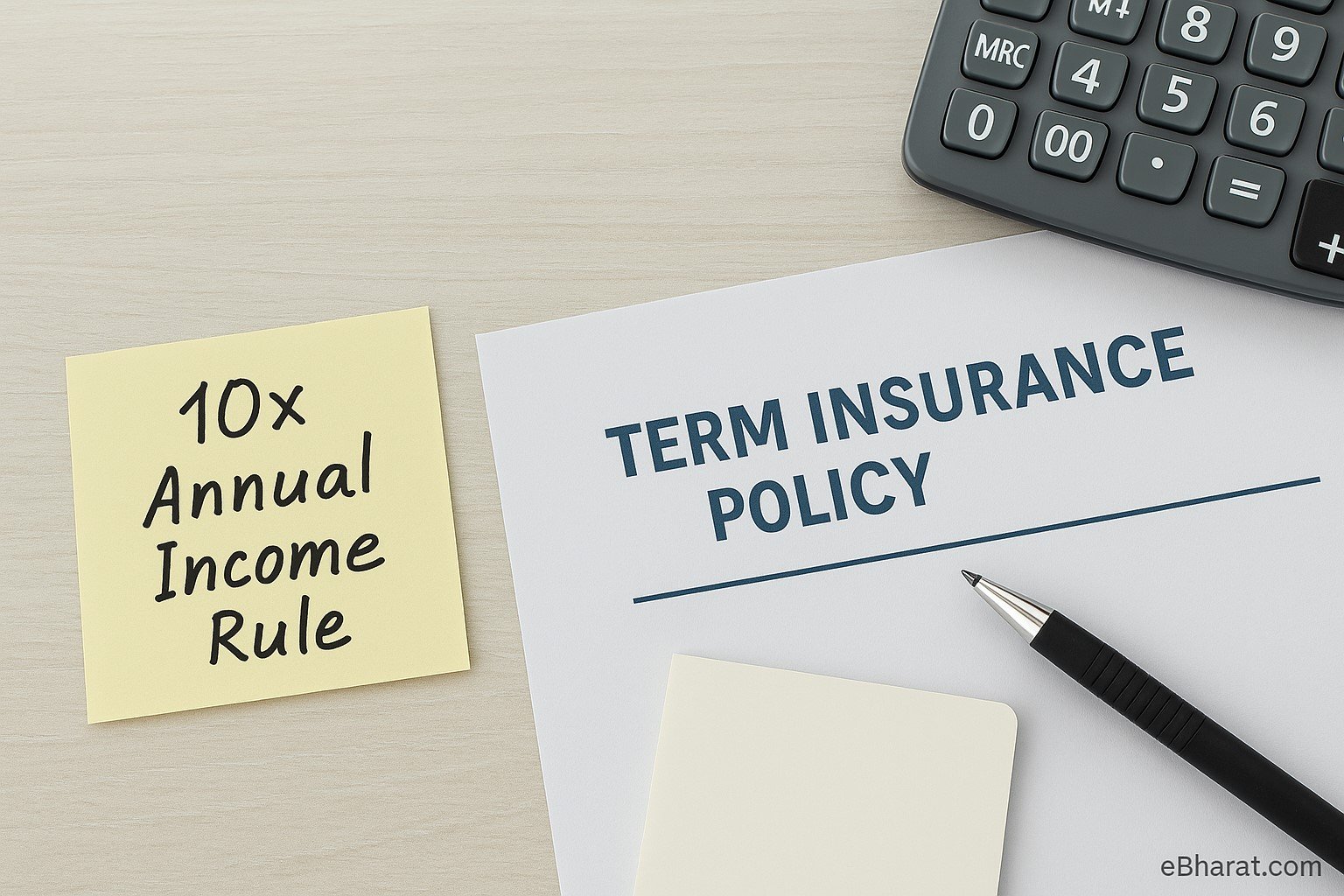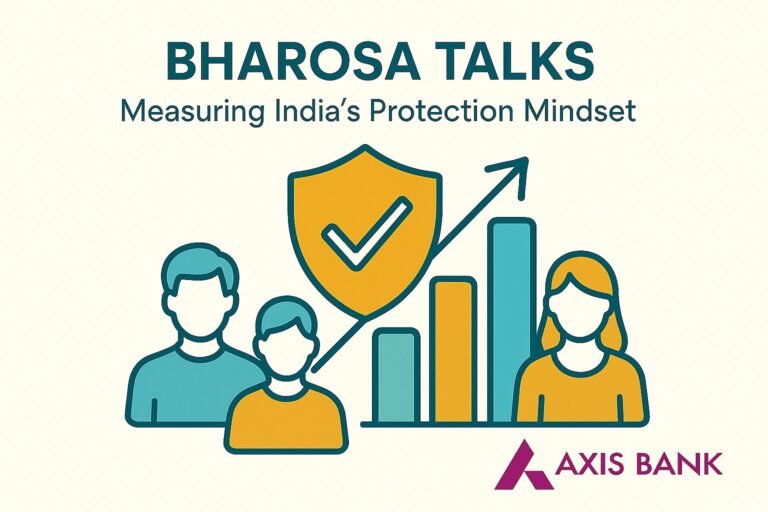
When it comes to buying life insurance, there’s one question almost everyone asks:
“How much cover is enough?”
You might see ads promoting ₹1 crore life insurance plans, but truth be told — there’s no one-size-fits-all number. Your ideal coverage depends on your income, lifestyle, debts, dependents, and how much financial support your family would need if something were to happen to you.
Let’s break it down into a practical, easy-to-understand guide 👇
The 10–20x Income Rule: A Good Starting Point
Most financial advisors recommend having at least 10 to 20 times your annual income in life insurance coverage.
Example:
If your salary is ₹5 lakh/year, your recommended life cover could range from ₹50 lakh to ₹1 crore.
But this is only a base. You need to factor in personal circumstances like:
- Outstanding loans (home, car, personal)
- Kids’ school or college education expenses
- Spouse’s financial dependence
- Parents’ medical needs
- Future lifestyle or retirement goals
What Does IRDAI Say?
IRDAI (Insurance Regulatory and Development Authority of India) doesn’t enforce a fixed number, but insurers do follow strict underwriting guidelines.
Typically:
- A 30-year-old earning ₹6 lakh/year may be eligible for ₹1.2–₹1.5 crore cover
- A 45-year-old with the same salary might qualify for ₹80 lakh–₹1 crore
Your age, income stability, job risk, and health status all influence how much cover you can buy.
Income Slab vs. Recommended Life Cover
| 💼 Annual Income | 🛡️ Suggested Life Cover |
|---|---|
| ₹3 – ₹4 lakh | ₹30 – ₹50 lakh |
| ₹5 – ₹8 lakh | ₹50 lakh – ₹1 crore |
| ₹10 lakh and above | ₹1 crore or more (depending on loans and dependents) |
If you’re the sole breadwinner, or have children in school/college — choose a higher cover within your eligible limit.
Inflation Will Eat into Your Cover — Plan Ahead
What feels like “enough” today may fall short tomorrow.
For example:
₹50 lakh in 2025 ≠ ₹50 lakh in 2040.
Inflation reduces the purchasing power of your payout. That’s why many experts recommend:
- Step-up Term Insurance Plans (coverage increases every few years)
- Adding Riders at major life stages (marriage, childbirth, home purchase)
These flexible features help your policy stay relevant.
Use Life Insurance Calculators (But Don’t Rely Solely on Them)
Almost every insurer or insurance comparison site has a Life Cover Calculator. You’ll be asked basic questions like:
- Age and income
- Dependents
- Existing EMIs
- Lifestyle expenses
It’ll give you a rough estimate of your ideal life cover. Use it as a starting point — but always speak to an advisor for a personalized recommendation.
Final Word: Think About Who’s Left Behind
Life insurance isn’t about you. It’s about your family.
If you have people who depend on your income — children, spouse, ageing parents — a ₹10 lakh plan simply won’t cut it.
Aim for 10–20x your salary
Adjust based on your loans, life goals, and dependents
Factor in future inflation
Because real protection isn’t about having a policy — it’s about having the right one.













